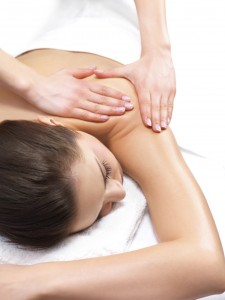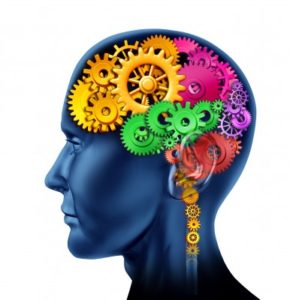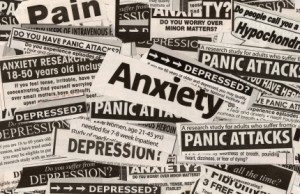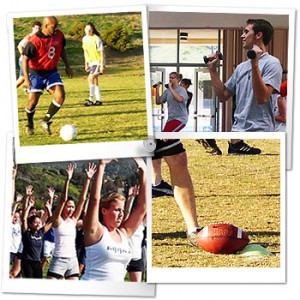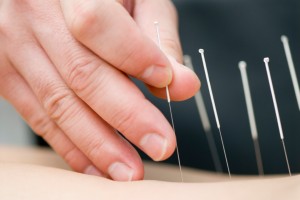Article by  Peter J. Schubbe, DC
Peter J. Schubbe, DC
The following snow removal tips can help you to avoid low back injuries and pain during the snowy winter season.
Pick the Right Snow Shovel
- An ergonomic snow shovel can help take some of the effort out of snow removal chores.
- A shovel with a curved handle or an adjustable handle length will minimize painful bending, requiring you to bend your knees only slightly and arch your back very slightly while keeping the shovel blade on the ground.
- A small, lightweight, plastic blade helps reduce the amount of weight that you are moving.
Warm Up Thoroughly
- Cold, tight muscles are more prone to injury than warmed up, flexible muscles. Do your back a favor by warming up for five to ten minutes before shoveling or any strenuous activity.
- Get your blood moving with a brisk walk, marching in place, or another full-body activity.
Then, stretch your low back and hamstrings (the large muscles in the back of the thigh) with some gentle stretching exercises.See Specific Hamstring Stretches for Back Pain Relief - Limber up your arms and shoulders with a body hug that you hold for 30 – 60 seconds.
Use Ergonomic Lifting Techniques
- Whenever possible, push the snow to one side rather than lifting it. When lifting the snow shovel is necessary, make sure to use ergonomic lifting techniques
- Always face towards the object you intend to lift – have your shoulders & hips both squarely facing it.
- Bend at the hips, not the low back, and push the chest out, pointing forward. Then, bend your knees and lift with your leg muscles, keeping your back straight.
- Keep your loads light and do not lift an object that is too heavy for you.
- If you must lift a shovel full, grip the shovel with one hand as close to the blade as comfortably possible and the other hand on the handle (handle and arm length will vary the technique).
- Avoid twisting the back to move the snow to its new location – always pivot your whole body to face the new direction.
- Keep the heaviest part of the object close to your body at your center of gravity – do not extend your arms to throw the snow.
- Walk to the new location to deposit the item rather than reaching or tossing.
- When gripping the shovel, keep your hands about 12 inches apart to provide greater stability and minimize the chances of injuring your low back.
Keeping these guidelines in mind will lessen the chances of developing new back problems or worsening your low back pain while shoveling, and hopefully make your winter a healthier and more enjoyable experience.
Click to read the complete article.

